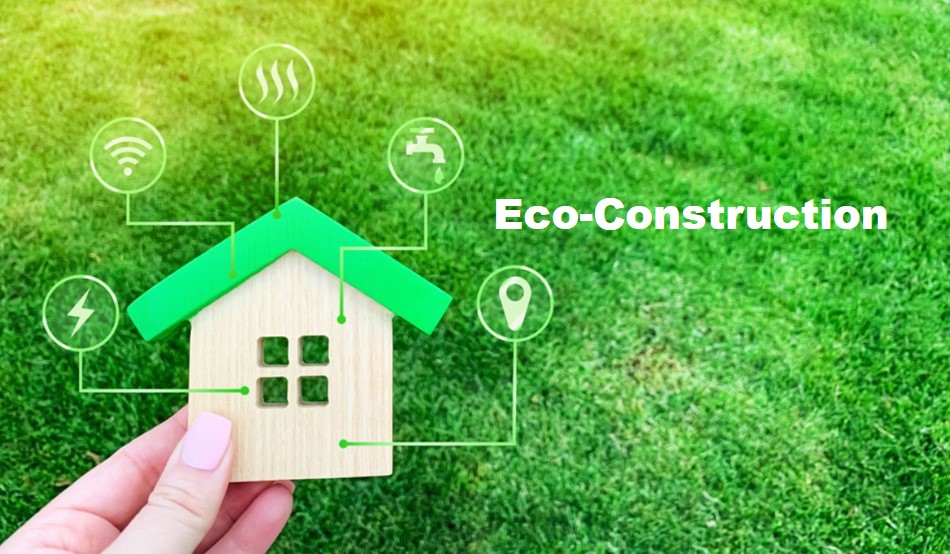In an era marked by rapid technological advancements and growing environmental concerns, ecotechnology emerges as a crucial field that amalgamates innovation with sustainability. Ecotechnology is the use of technology for ecosystem management. In practice, it can simply refer to the application of technology to manage planet earth ecosystem efficiently by understanding the essential workings of natural ecological systems and ensuring minimal costs and harm to the environment.
Principles & Examples of Ecotechnology:
Ecotechnology refers to the integration of ecological principles with technological processes to create systems that are not only efficient and productive but also environmentally friendly. This approach is vital in addressing the pressing challenges of climate change, resource depletion, and environmental degradation. Ecotech, as said in short, refers to the integration of certain ecological principles with technological innovation, is crucial for achieving sustainable development. This approach ensures that technological progress does not come at the expense of the environment but instead works harmoniously with it.

- Harmonizing Technology with Nature:
The core of ecotechnology is its ability to blend technology with ecological systems. Unlike traditional technologies, which often prioritize efficiency and profit over ecological health, ecotechnology aims to create solutions that are environmentally friendly. This involves designing systems that minimize waste, conserve energy, and utilize renewable resources. By doing so, ecotechnology seeks to reduce the negative impacts of human activity on the environment.
For instance, solar panels and wind turbines harness natural energy sources without emitting greenhouse gases, thereby reducing our reliance on fossil fuels. Green buildings incorporate energy-efficient designs, use sustainable materials, and often include features like green roofs and rainwater harvesting systems. These innovations exemplify how ecotechnology can reduce environmental footprints while meeting human needs.
- Endorsing Sustainability:
Sustainability is a key goal of ecotechnology. It involves developing systems that can operate indefinitely without depleting natural resources or causing severe environmental degradation. Ecotechnology promotes sustainability through various means, such as sustainable agriculture, green building, and waste management.
In agriculture, techniques like permaculture and agroforestry are employed to create self-sustaining ecosystems. These methods enhance soil fertility, conserve water, and increase biodiversity, leading to more resilient agricultural systems. Similarly, green buildings are designed to be energy-efficient and environmentally friendly. They use sustainable materials, incorporate renewable energy sources, and often feature green roofs and rainwater harvesting systems. Such buildings not only reduce energy consumption but also provide healthier living environments.

Waste management is another critical area where ecotechnology plays a significant role. Advanced recycling and composting systems, along with technologies for converting waste into energy, help reduce the amount of waste that ends up in landfills. By treating waste as a resource, ecotechnology helps create a circular economy, where materials are reused and recycled, minimizing the need for new raw materials.
- Addressing Climate Change:
Climate change is one of the most pressing challenges of our time, and ecotechnology offers viable solutions for mitigating its effects. By reducing greenhouse gas emissions, enhancing energy efficiency, and promoting the use of renewable energy, ecotechnology helps curb the factors driving climate change.
Furthermore, ecotechnological innovations in areas such as carbon capture and storage, reforestation, and sustainable transportation can significantly contribute to climate change mitigation. For example, electric vehicles (EVs) reduce reliance on fossil fuels and lower emissions, while advances in public transportation and urban planning can decrease overall energy consumption.
- Enhancing Biodiversity:
Ecotechnology also plays a crucial role in enhancing biodiversity. By promoting sustainable land use and conservation practices, it helps protect natural habitats and preserve wildlife. Ecotechnological solutions such as habitat restoration, green corridors, and biodiversity-friendly farming practices contribute to the health and diversity of ecosystems.
For instance, green corridors—stretches of natural habitat that connect isolated patches of wildlife—allow animals to migrate and thrive, increasing genetic diversity and ecosystem resilience. In agriculture, biodiversity-friendly practices reduce the impact on local wildlife and promote a balance between human activity and natural ecosystems.
In a word, ecotechnology provides a pathway to a greener future. Embracing ecotechnology is essential for creating a harmonious balance between human progress and the natural world, ensuring a sustainable and thriving planet for future generations.
By
Editorial, Infocus


